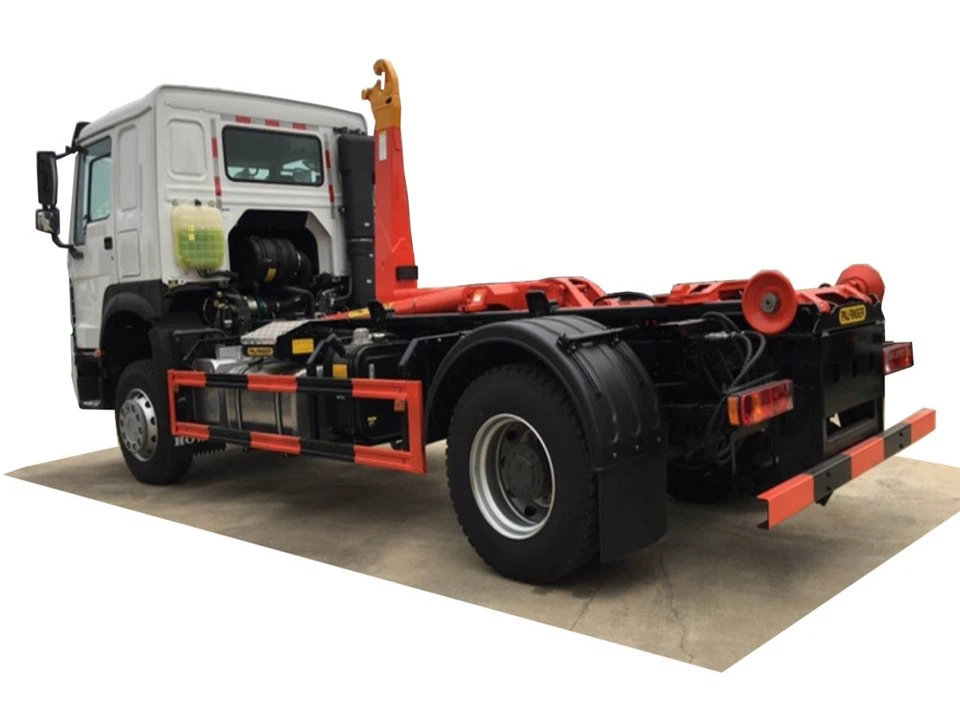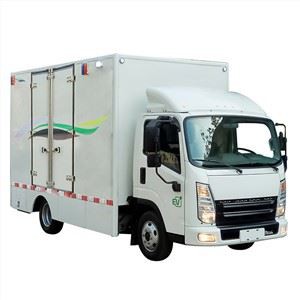Understanding EV Chassis: The Backbone of Electric Vehicles

The automotive industry is on the brink of a revolutionary transformation thanks to electric vehicles (EVs). At the core of this transformation lies the EV chassis—a critical component that determines not only the vehicle’s performance but also its safety, efficiency, and overall design. In this article, we will delve deep into the world of EV chassis, exploring its types, materials, design considerations, and future trends while also providing practical examples and tips for those interested in this fascinating field.
What is an EV Chassis?
The chassis of an electric vehicle serves as the structural framework that supports all other components, such as the body, battery, motor, and suspension. Unlike traditional internal combustion engine vehicles, EVs have unique chassis designs tailored to accommodate their electric systems. This section explores the fundamental aspects of EV chassis.
The Basic Structure of EV Chassis
An EV chassis typically includes the following components:
- Frame: The core structure that supports the vehicle.
- Suspension System: Connects the chassis to the wheels, ensuring smooth handling and comfort.
- Electric Powertrain: Houses the electric motor, battery, and necessary wiring.
- Body: The external structure that shelters passengers and cargo.
Types of EV Chassis
There are several types of chassis designs used in electric vehicles, categorized primarily by layout and construction methods:
1. Dedicated EV Chassis
This type of chassis is specifically designed for electric vehicles, allowing manufacturers to optimize space for batteries and electric powertrains. Examples include the Tesla Model 3 and the Volkswagen ID.4.
2. Multi-Purpose Platform Chassis

These chassis are designed to support various vehicle types, including combustion and electric models. They provide flexibility for manufacturers but may not be as optimized as dedicated EV platforms. Examples include the Volkswagen MEB platform.
3. Skateboard Chassis
A skateboard chassis features a flat platform that houses the entire electric drivetrain beneath a flat body. This design maximizes interior space and lowers the center of gravity, enhancing vehicle stability. An example is the Rivian R1T.
Materials Used in EV Chassis
The materials selected for an EV chassis play a crucial role in its performance, weight, and safety. This section discusses the common materials used.
Steels
High-strength steels are a popular choice for chassis construction due to their durability and cost-effectiveness. They provide adequate strength but can add weight to the vehicle.
Aluminum
Aluminum is lighter than steel and offers excellent corrosion resistance. Many manufacturers opt for aluminum to reduce overall weight, improving efficiency and range. However, it’s often more expensive than steel.
Carbon Fiber
Carbon fiber is a premium material known for its high strength-to-weight ratio. Although costly, it is increasingly used in luxury EV models and high-performance sports cars, like the BMW i3.
Design Considerations for EV Chassis
Designing an EV chassis requires careful consideration to balance safety, aesthetics, cost, and performance. This section highlights key design considerations.

Battery Placement
The placement of the battery pack is critical for vehicle performance. A low center of gravity, achieved by placing the battery beneath the floor, enhances stability and improves handling.
Weight Distribution
Achieving optimal weight distribution across the vehicle is essential for handling and performance. Manufacturers typically aim for a 50/50 weight distribution to enhance driving dynamics.
Sustainability
As the automotive industry shifts toward sustainability, many manufacturers are considering recyclable materials and environmentally friendly practices in chassis production.
EV Chassis and Safety Standards
Safety is a primary concern in the automotive industry. EV chassis must adhere to stringent safety standards to protect occupants. This section examines these safety requirements.
Crash Test Standards
Modern EVs are subjected to rigorous crash tests to ensure passenger safety. Standards such as the Euro NCAP and NHTSA require thorough evaluation of structural integrity and safety features.
Battery Safety Protocols
Battery safety involves preventing issues such as thermal runaway. Manufacturers design chassis to accommodate various safety measures, including containment strategies and cooling systems.
Future Trends in EV Chassis Development
The EV market is rapidly evolving, and chassis design is at the forefront of innovation. This section discusses emerging trends and technologies.
Modular Chassis Designs
Modular designs allow manufacturers to create adaptable platforms, enabling rapid model updates and customization based on consumer demand.
Integration of Advanced Technologies
Future chassis designs are likely to integrate advanced technologies like autonomous driving systems, connectivity features, and smart materials that self-repair.
Practical Tips for Understanding EV Chassis
For enthusiasts and professionals looking to gain more insight into EV chassis, consider the following practical tips:

- Research the Different Types: Familiarize yourself with the various chassis types and their unique benefits and drawbacks.
- Explore Materials: Understand the impact of different materials on weight, cost, and performance.
- Stay Updated: Monitor trends in EV technology and chassis design by reading industry publications and attending webinars.
- Hands-On Experience: Consider internships or workshops focusing on electric vehicle design and engineering.
FAQ about EV Chassis
What is the primary function of an EV chassis?
The primary function of an EV chassis is to provide a structural framework that supports all vehicle components, including the battery, electric motor, and passenger cabin.
How does an EV chassis differ from a traditional vehicle chassis?
An EV chassis is designed specifically for electric powertrains, allowing for optimized battery placement and weight distribution, whereas traditional chassis are built for internal combustion engines.
What materials are commonly used in EV chassis construction?
Common materials include high-strength steel, aluminum, and carbon fiber, each chosen for its properties such as weight, cost, and strength.
What are the safety standards for EV chassis?
EV chassis must meet safety standards such as crash test evaluations from organizations like Euro NCAP and NHTSA, as well as battery safety protocols to prevent overheating and fires.
Are there any trends to watch in EV chassis development?
Emerging trends in EV chassis development include modular designs for flexibility, increased integration of advanced technologies, and a focus on sustainability.
How can I learn more about EV chassis design?
To learn more, research the different types and materials, stay updated with industry trends, and gain hands-on experience through internships or workshops related to electric vehicles.
